Some Veggies Are Healthier Than Others, So Be Sure to Eat the Ones that Work MAGIC!
Count on me to always bring a health-oriented focus to at least one of my Cook’n articles. This time the topic is the magic of cruciferous vegetables!
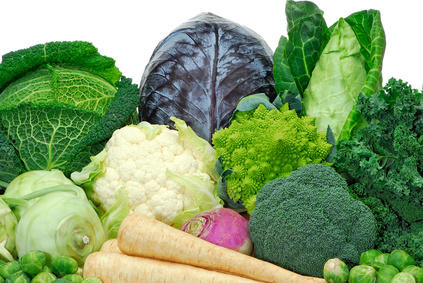
So that said, let’s look at 10 powerful reasons to be sure cruciferous vegetables are included in your weekly diet. If you look closely at their phytochemical content, and the growing amount of research into their specific effects on the body and disease, these vegetables appear to be downright “miracle” foods!
Cruciferous veggies are of the Brassica family and include broccoli, Brussels sprouts, cabbage, cauliflower, kale, radish, rutabaga, turnip, arugula, bok choy, kohlrabi, mustard greens, and watercress. And what makes them so powerful? It’s their high content of a phytochemical called sulforaphane.
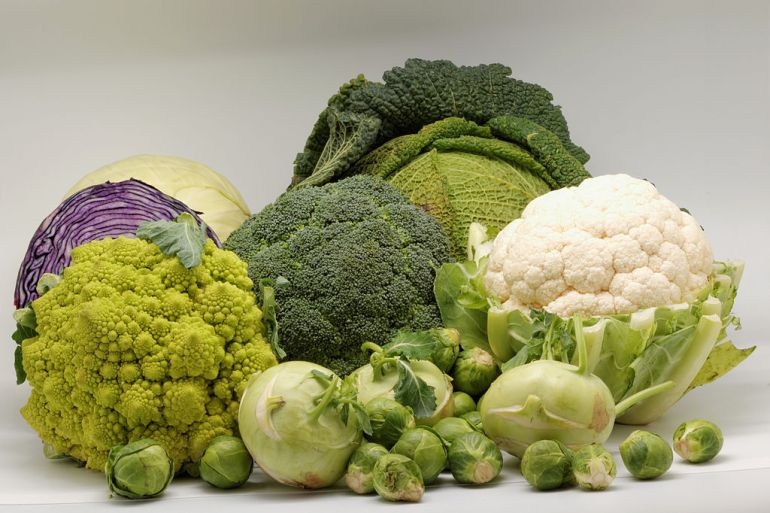
Rather than bore you with the chemical science behind this nutrient, let me explain what sulforaphane (i.e. cruciferous veggies) can do for the body. This information isn’t new and is found all over, but I want to offer special thanks to a great site, The Food Network Revolution (www.foodrevolution.org) for providing such an easy-to-understand, concise format.
It offers aggressive protection against cancer. All sorts of cancers, such as prostate, pancreatic, stomach, bladder, breast, prostate, lung, colon and skin.
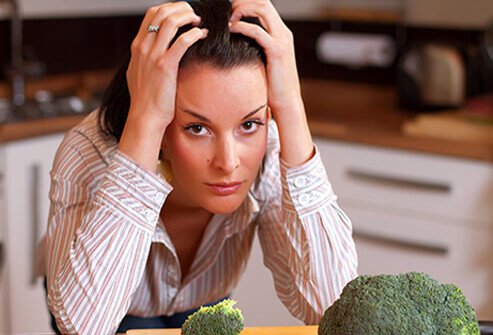
It offers significant help for depression. Abundant studies show sulforaphane has antidepressant and anxiolytic-like [anxiety reducing] activities. Sulforaphane also reduces internal inflammation, which has been proven to be a precursor to depression.
It offers long-lasting help with pain and pain management. Broccoli (in the form of sprouts, powder, as well as a steamed vegetable) is the big hero here. Research shows sulforaphane is the perfect natural pain reliever.
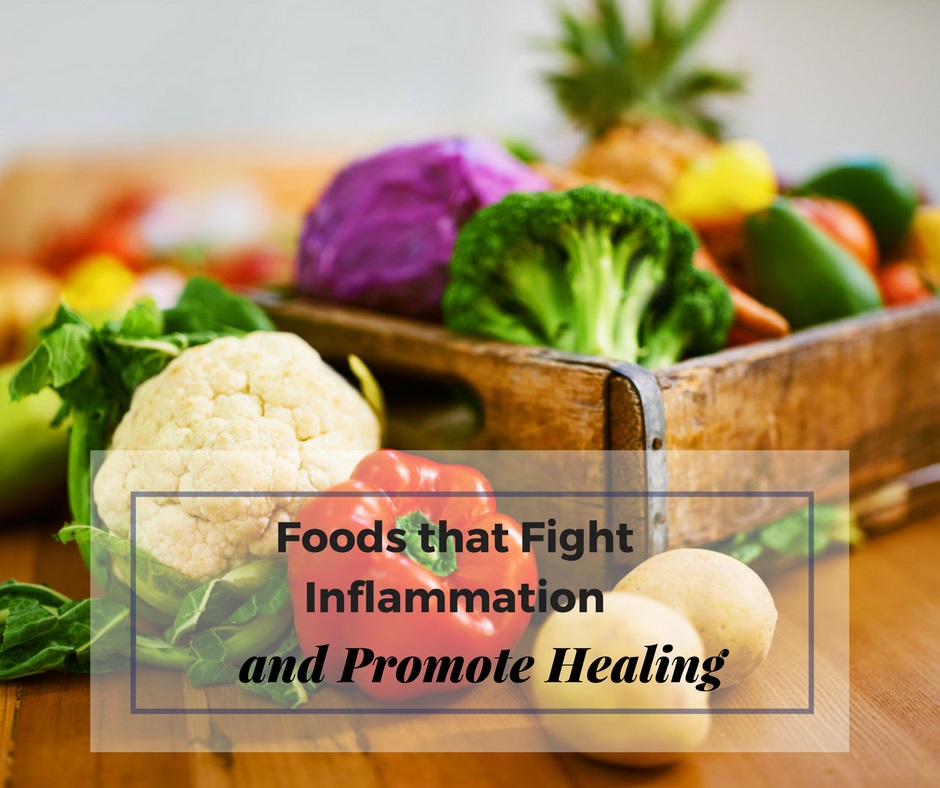
It protects against and heals inflammation of the arterial walls, inhibits obesity, relieves hypertension, and other conditions that are part of or lead to cardiovascular disease. It also protects arteries from disease by boosting a natural defense mechanism in the body.
It is a superior source of antioxidants (again, broccoli being the star of the crowd). And research shows sulforaphane is highly effective in reducing of oxidative stress—especially effective in assisting with healthy liver function.
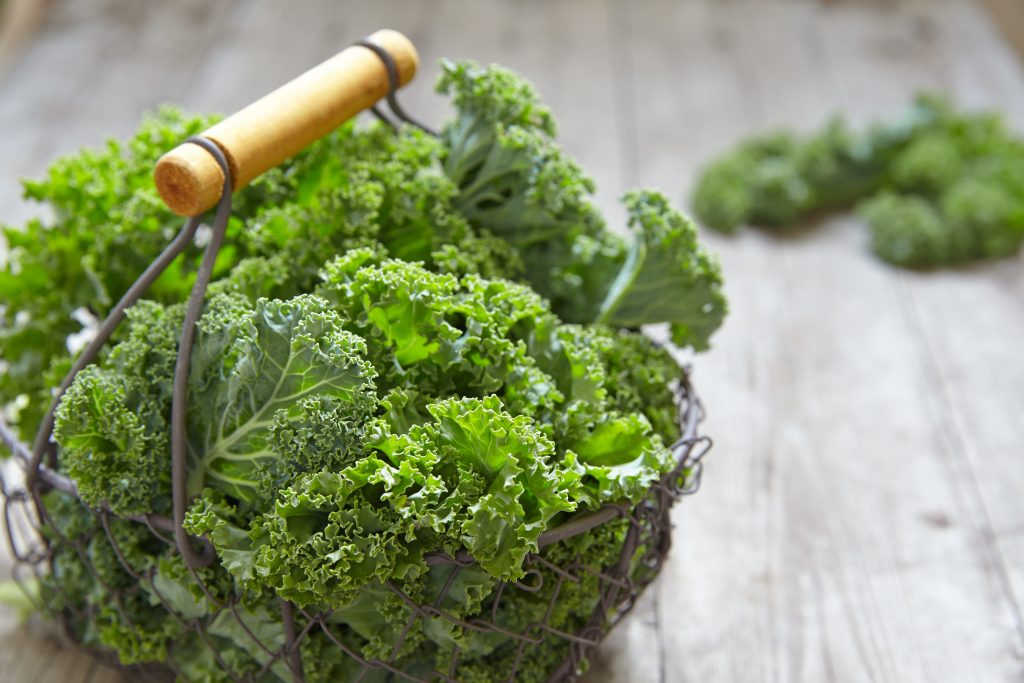
It provides cells a strong protection against toxin invasion, and is also aggressive in eliminating them.
It provides Type II diabetes and insulin resistance (IR) support. You probably know that insulin resistance is an aspect of Type II that can cause havoc in a body. Many years of research shows sulforaphane decreases oxidative stress, IR and even helps prevent nephropathy, diabetes-induced fibrosis, and vascular complications.
It offers distinct support in eliminating the colonization of the bacteria Helicobacter pylori, which is most famously associated with stomach ulcers, and, in many cases, gastric cancer.
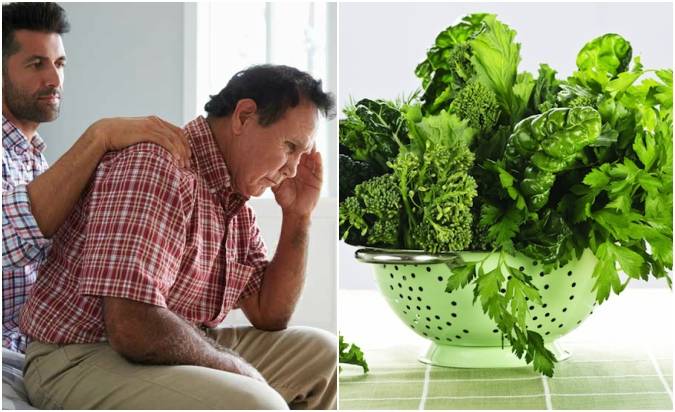
It is a promising therapeutic agent for cognitive enhancement in Alzheimer’s disease, according to recent research.
Finally, as mentioned briefly above, it provides potent anti-inflammatory benefits. Inflammation is consistently identified as a driving factor at the root of most, if not all, chronic illness and disease. It’s been proven conclusively that a body that is unwell is inflamed.
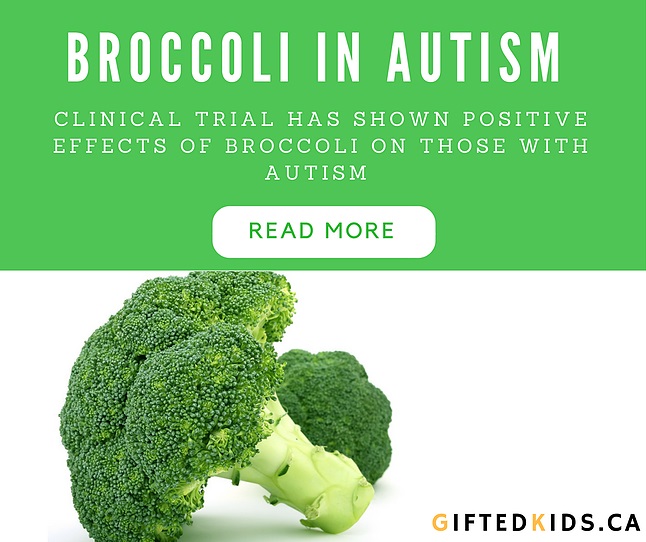
And here’s something else to keep on your radar screen: Current research is looking into its application to autism. Outcomes thus far are highly promising that sulforaphane is going to be a natural healer in this area as well! While the research isn’t conclusive, considering all its other benefits, it won’t hurt a thing by including in a child’s diet!
So back to the sulforaphane-rich vegegtables—broccoli, Brussels sprouts, cabbage, cauliflower, kale, radish, rutabaga, turnip, arugula, bok choy, kohlrabi, mustard greens, and watercress. While sulforaphane is the compound with the most amazing benefits, it first needs to be converted by an enzyme before the body can use it. Unfortunately, this enzyme is deactivated by cooking. And although raw cabbage, cauliflower, kale, radish, rutabaga, turnip, arugula, bok choy, kohlrabi, mustard greens and watercress will work in salads, eating raw broccoli and Brussels sprouts isn’t to most people’s taste.
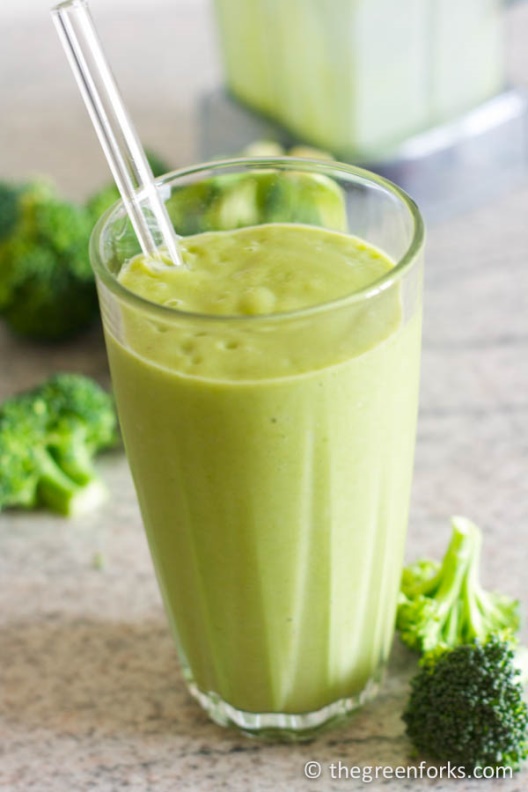
There are two easy ways around this, however. First, simply add a couple small broccoli florets or 2 or 3 Brussels sprouts along with your leafy greens to your morning green smoothie. As long as you include lots of fruit, you won’t taste these veggies at all. Including a half an avocado will also add creaminess and help enhance the overall flavor.
Second, opt for broccoli sprouts. They’re a delicious raw addition to your salads and sandwiches, and they too, are loaded with sulforaphane.
However, if you still want to cook your sulforaphane veggies, be sure to lightly steam them, only for 3 or 4 minutes maximum to protect this phytonutrient’s potency.
Since some veggies are healthier than others, it makes good sense to be sure to eat the ones that work magic in your body!
- www.suesnutritionbuzz.com
- www.blogs.oregonstate.edu
- www.onhealth.com
- www.pauldawn.com
- www.ketoresource.org
- www.careguru.in
- www.giftedkids.ca
- www.thegreenforks.com
 Alice Osborne
Alice Osborne
Weekly Newsletter Contributor since 2006
Email the author! alice@dvo.com
